
Label the Parts of the Plant and Animal Cell Biology LibreTexts
7 years ago. The Endoplasmic Reticulum in a eukaryotic cell is the transport network of the cell and it extends from and connects the nuclear membrane to the plasma membrane of a cell. But then whenever we draw a diagram of a typical plant or animal cell, we never extend it to the plasma membrane- we always leave it somewhere in the cytoplasm.
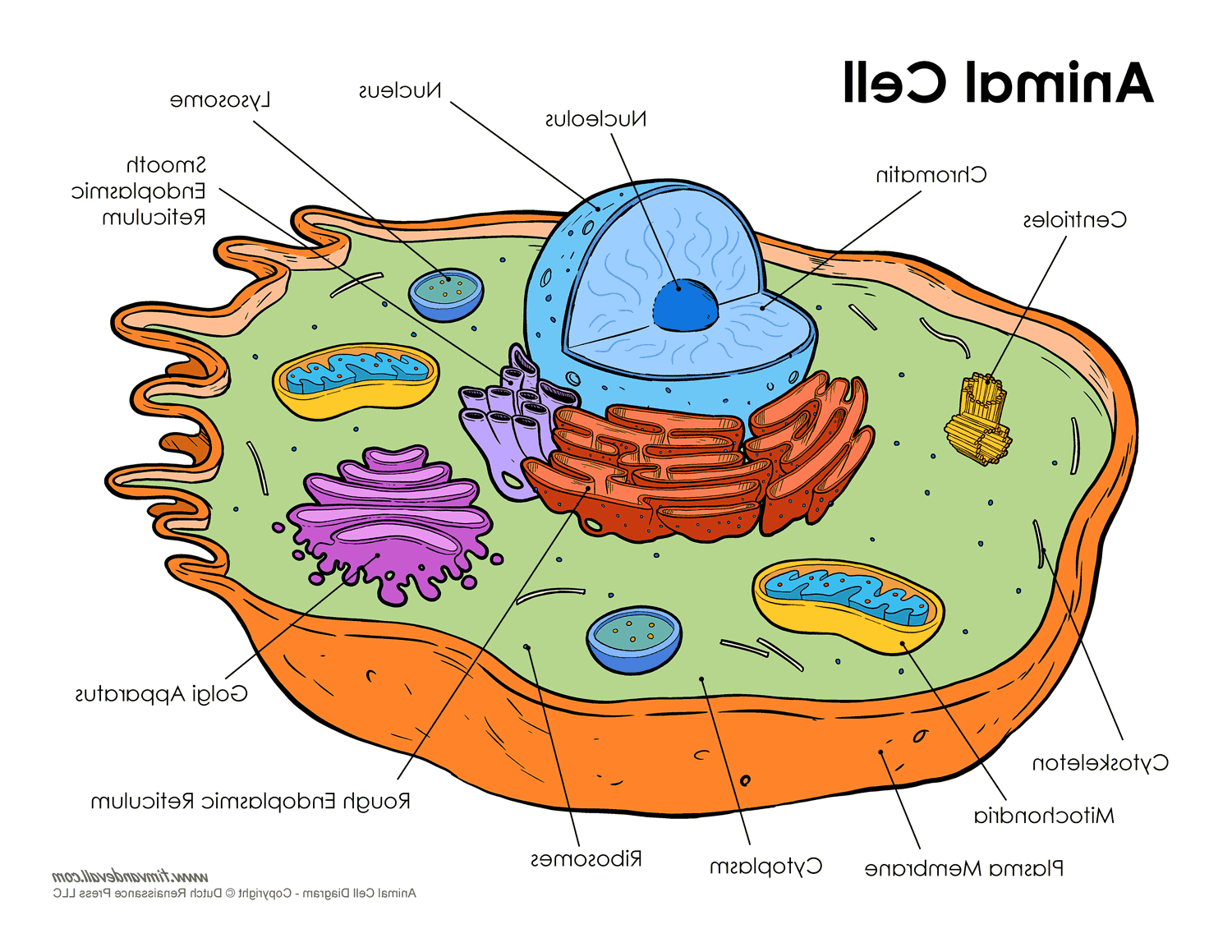
Draw A Labelled Diagram Of Animal Cell Describe The Structure And
A medium-sized circular cell part that has squiggly lines inside is labeled nucleus. The outermost part of the cell, which is shown as an outline of the cell, is labeled cell membrane. On the right is a four-sided figure with rounded corners that represents a plant cell. The cell contains many cell parts with different shapes.
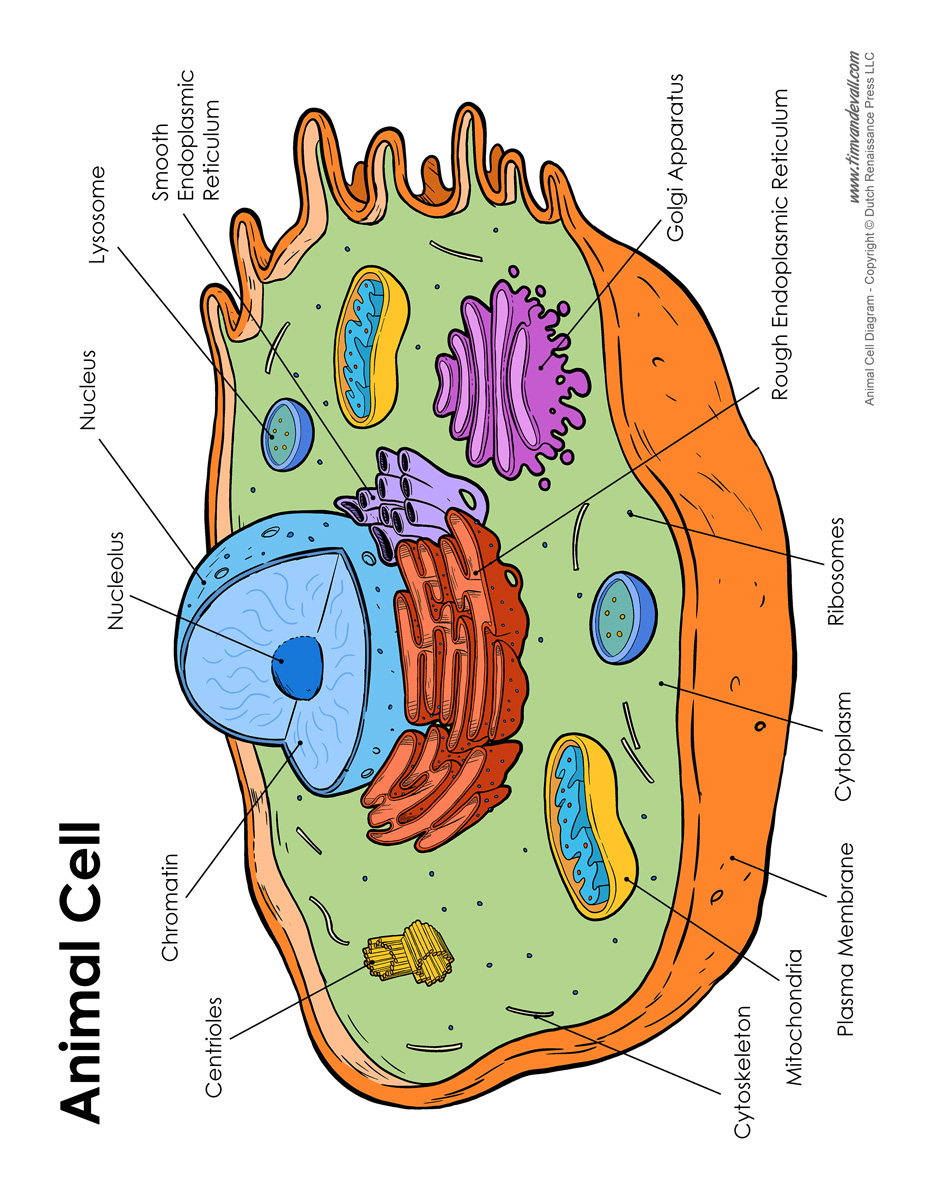
Animal Cell Model Diagram Labeled / Animal Cell Model Diagram Project
What exactly is its job? The plasma membrane not only defines the borders of the cell, but also allows the cell to interact with its environment in a controlled way. Cells must be able to exclude, take in, and excrete various substances, all in specific amounts.

A Labeled Diagram of the Plant Cell and Functions of its Organelles
Animal cells are eukaryotic cells, meaning they possess a nucleus and other membrane-bound organelles. Unlike plant cells, animal cells do not have cell walls, allowing for more flexibility in shape and movement. A plasma membrane encloses the cell contents of both plant and animal cells, but it is the outer coating of an animal cell.
Cell Anatomy (3D Labeled Diagram) Science
Animal Cell Anatomy. The cell is the basic unit of life. All organisms are made up of cells (or in some cases, a single cell). Most cells are very small; in fact, most are invisible without using a microscope. Cells are covered by a cell membrane and come in many different shapes.

South Pontotoc Biology Plant and Animal Cell Diagrams
The nucleoid and some other frequently seen features of prokaryotes are shown in the diagram below of a cut-away of a rod-shaped bacterium. Image of a typical prokaryotic cell, with different portions of the cell labeled. _Image credit: modified from "Prokaryotic cells: Figure 1" by OpenStax College, Biology, CC BY 3.0_

Plant Cell Diagram Labeled 3D / Plant Cell Stock Illustrations 8 546
Figure 6.4 Animal cell mitosis is divided into five stages—prophase, prometaphase, metaphase, anaphase, and telophase—visualized here by light microscopy with fluorescence. Mitosis is usually accompanied by cytokinesis, shown here by a transmission electron microscope. (credit "diagrams": modification of work by Mariana Ruiz Villareal; credit "mitosis micrographs": modification of work by.
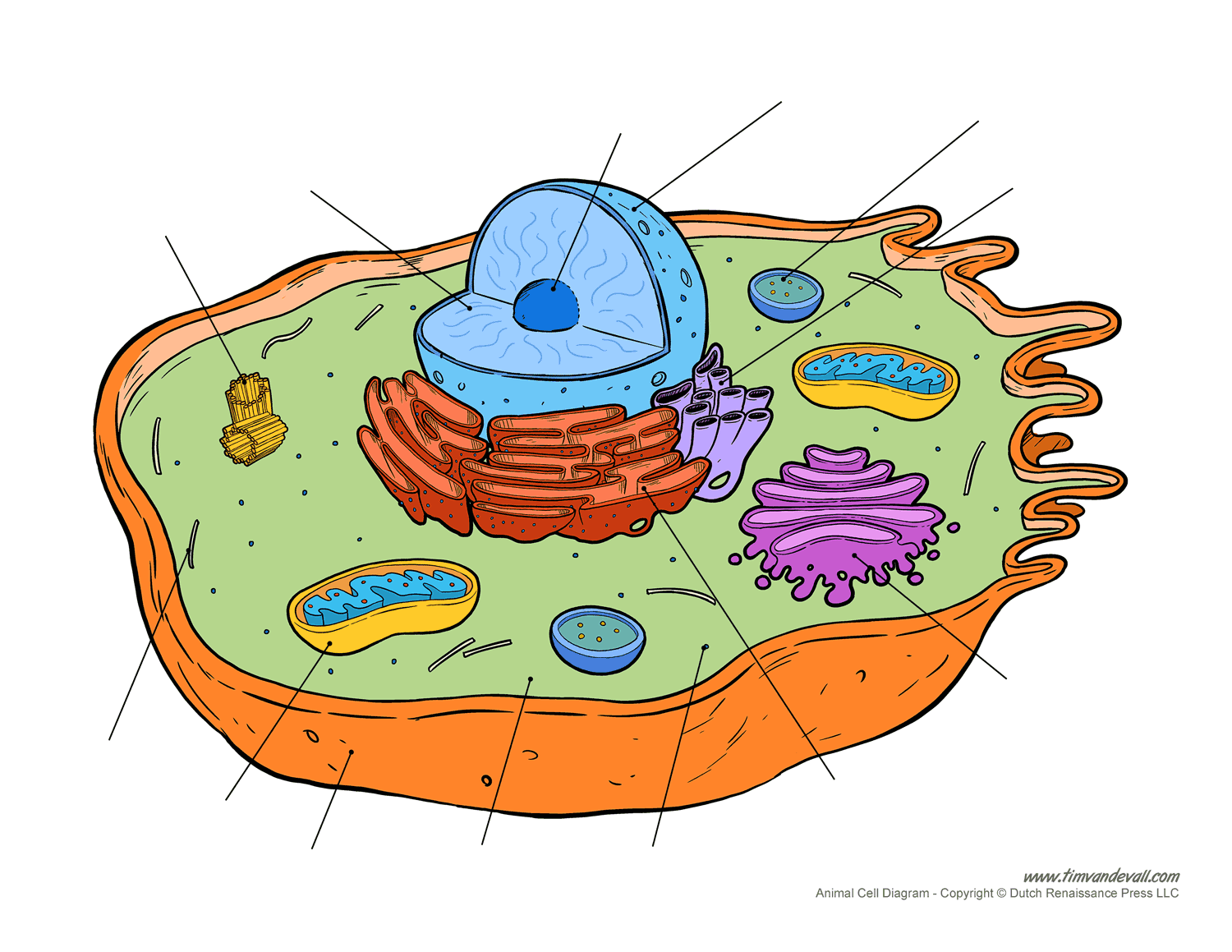
Printable Animal Cell Diagram Labeled, Unlabeled, and Blank
They're one of two major classifications of cells - eukaryotic and prokaryotic. They're also the more complex of the two. Eukaryotic cells include animal cells - including human cells - plant cells, fungal cells and algae. Eukaryotic cells are characterized by a membrane-bound nucleus.

Labeled Plant Cell Diagram For Kids
Unit 1 Intro to biology Unit 2 Chemistry of life Unit 3 Water, acids, and bases Unit 4 Properties of carbon Unit 5 Macromolecules Unit 6 Elements of life Unit 7 Energy and enzymes Unit 8 Structure of a cell Unit 9 More about cells Unit 10 Membranes and transport Unit 11 More about membranes Unit 12 Cellular respiration Unit 13 Photosynthesis

identify and label each part of the eukaryotic cell
cell, in biology, the basic membrane-bound unit that contains the fundamental molecules of life and of which all living things are composed.A single cell is often a complete organism in itself, such as a bacterium or yeast.Other cells acquire specialized functions as they mature. These cells cooperate with other specialized cells and become the building blocks of large multicellular organisms.

Cell Membrane Images Worksheet Answers
A cell is the smallest living thing in the human organism, and all living structures in the human body are made of cells. There are hundreds of different types of cells in the human body, which vary in shape (e.g. round, flat, long and thin, short and thick) and size (e.g. small granule cells of the cerebellum in the brain (4 micrometers), up to the huge oocytes (eggs) produced in the female.

Cell Diagram Labeled Simple SexiezPicz Web Porn
Cell organelles are specialized entities present inside a particular type of cell that performs a specific function. There are various cell organelles, out of which, some are common in most types of cells like cell membranes, nucleus, and cytoplasm. However, some organelles are specific to one particular type of cell-like plastids and cell.
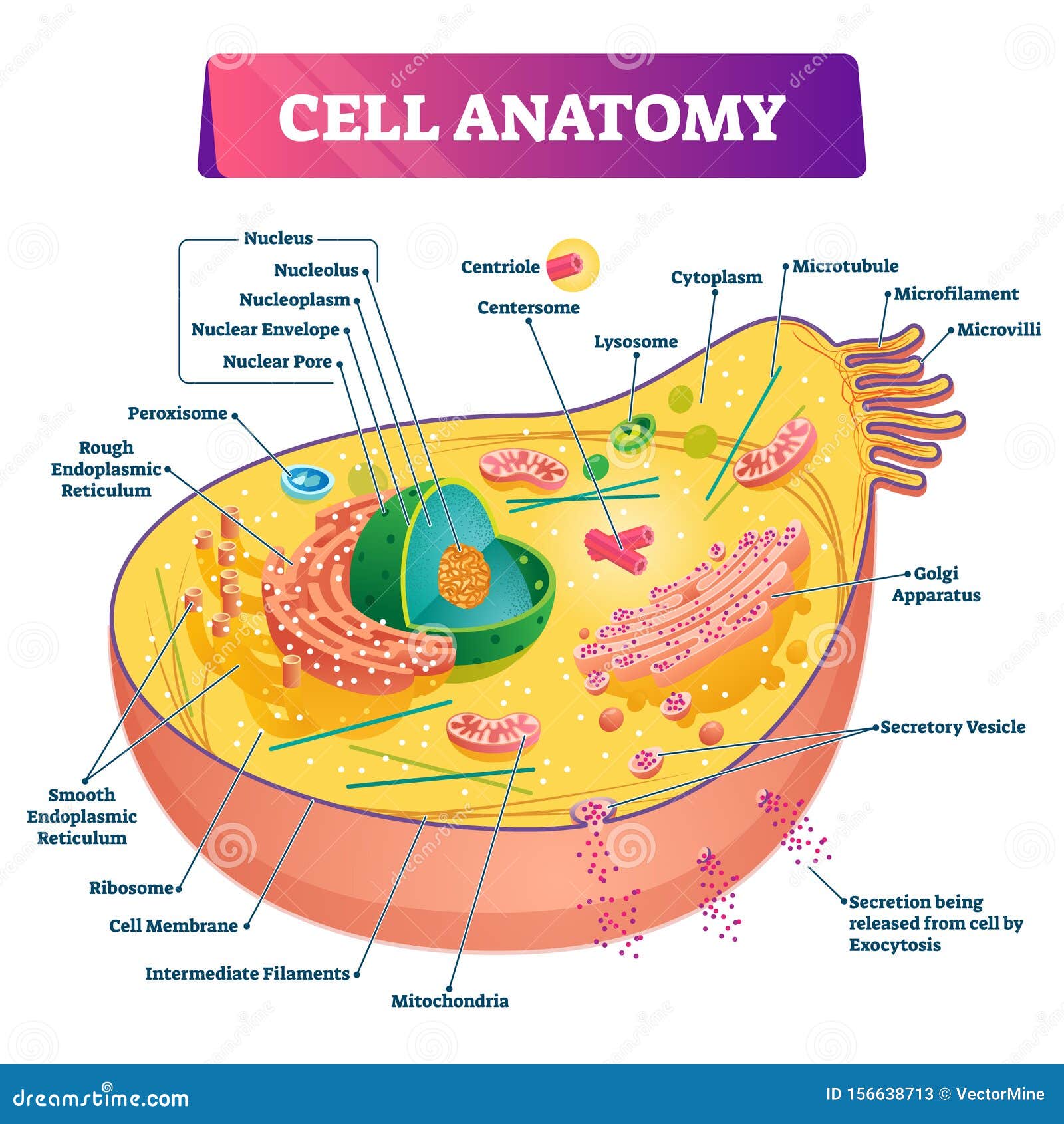
Cell Anatomy Vector Illustration. Labeled Educational Structure Diagram
Animal Cell: Structure, Parts, Functions, Labeled Diagram June 6, 2023 by Faith Mokobi Edited By: Sagar Aryal An animal cell is a eukaryotic cell that lacks a cell wall, and it is enclosed by the plasma membrane. The cell organelles are enclosed by the plasma membrane including the cell nucleus.

Pin by james paterson on A (growing) list of people, places and things
Cell diagram labeled Cell diagram unlabeled Learn faster with interactive cell quizzes Sources + Show all What are the parts of a cell? There exist two general classes of cells: Prokaryotic cells: Simple, self-sustaining cells (bacteria and archaea) Eukaryotic cells: Complex, non self-sustaining cells (found in animals, plants, algae and fungi)

Plant Cell Diagram Labeled EdrawMax Template
Labeled diagram of a typical animal cell Nucleus. The nucleus contains all the genetic material in a cell. This genetic information is called deoxyribonucleic acid (DNA). DNA contains all the instructions for making proteins, which control all of the body's activities. Therefore, the nucleus is like the manager's office of the cell.
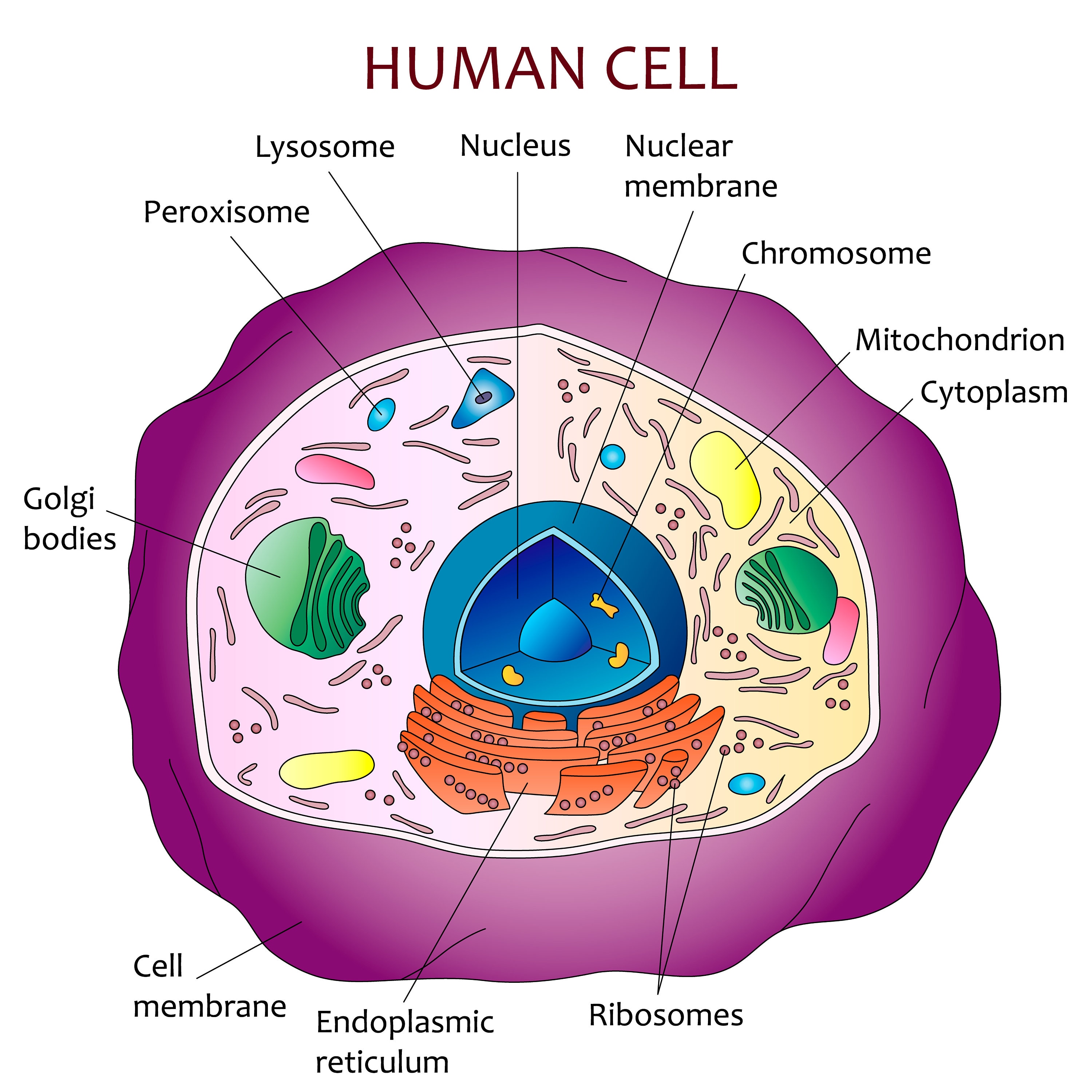
Human cell diagram Etsy
A Labeled Diagram of the Animal Cell and its Organelles There are two types of cells - Prokaryotic and Eucaryotic. Eukaryotic cells are larger, more complex, and have evolved more recently than prokaryotes. Where, prokaryotes are just bacteria and archaea, eukaryotes are literally everything else.